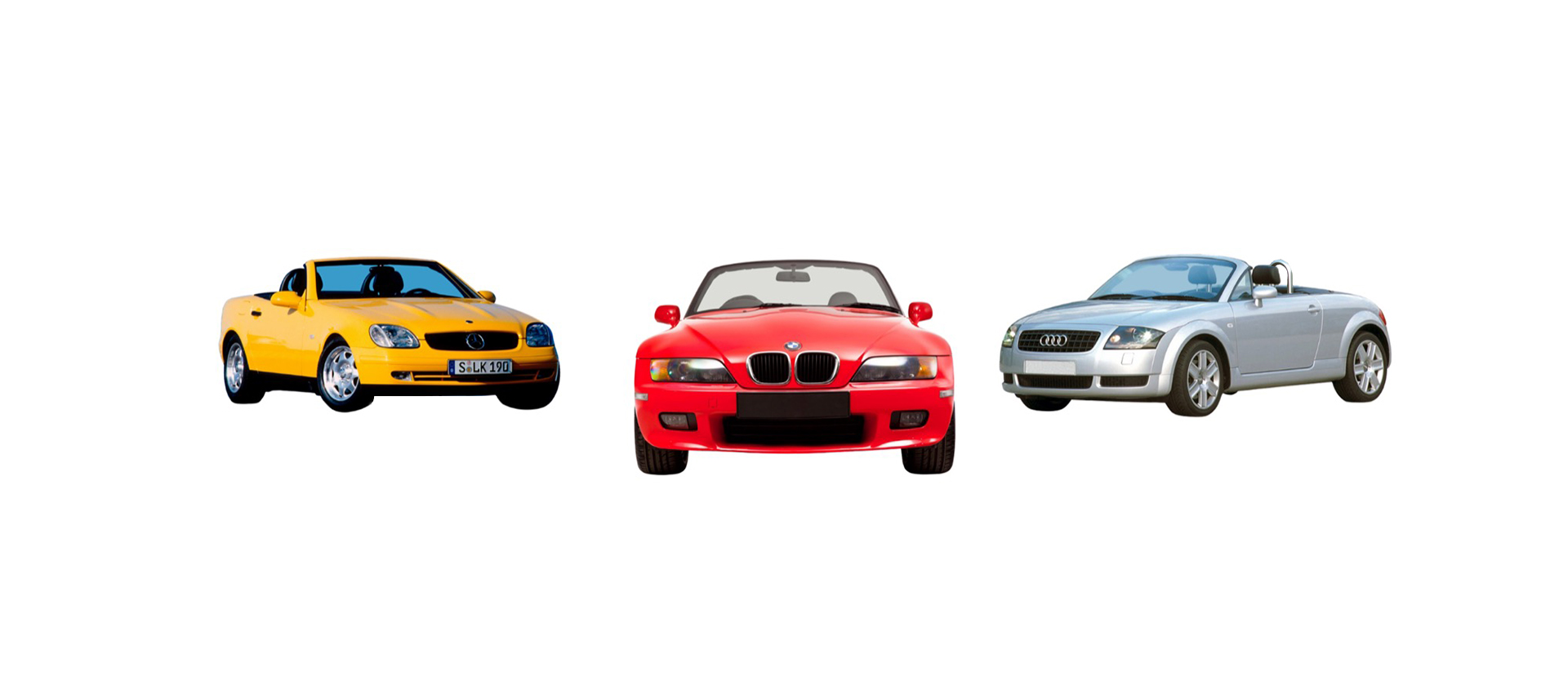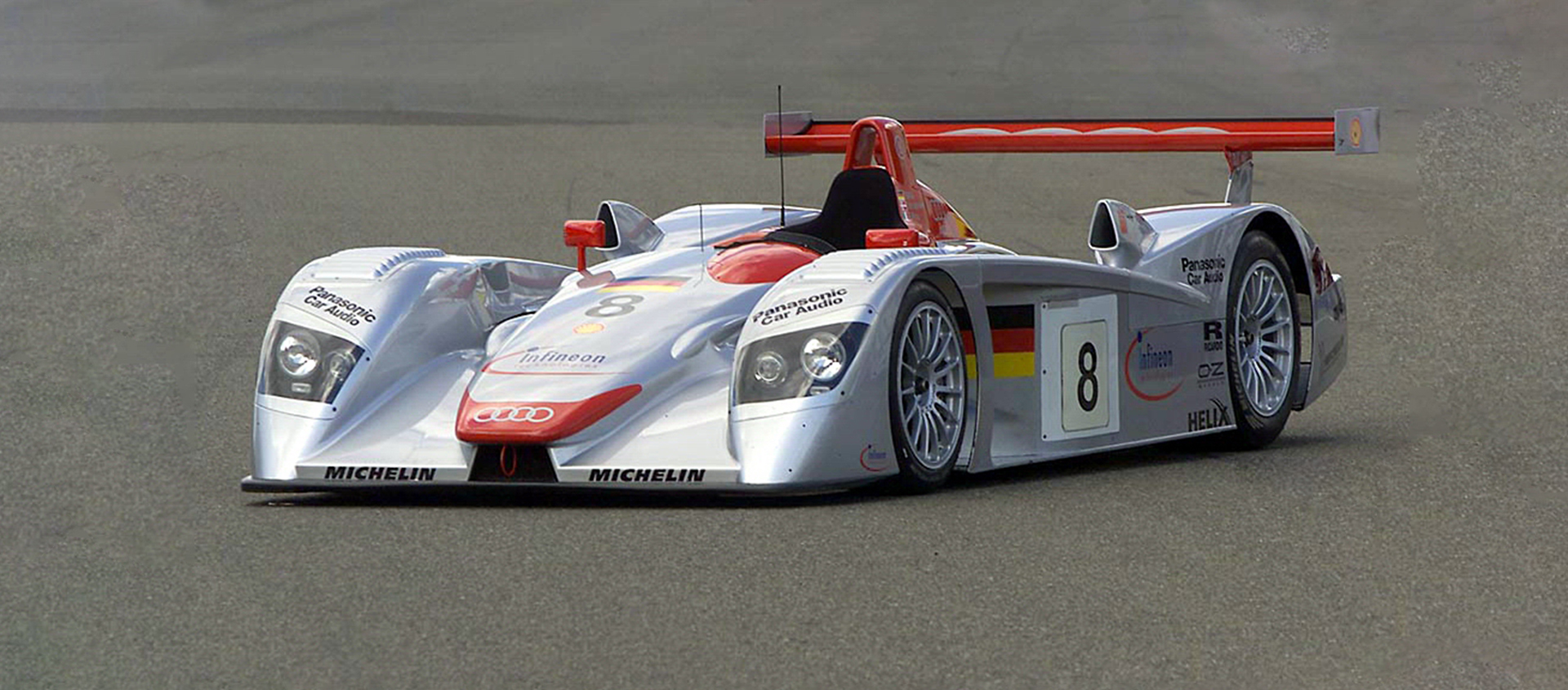The good, the tough and the provocative
05 September 2020 1 min read 6 images

Whenever we talk about theMercedes-Benz SLK, the BMW Z3 and the Audi TT,it is tempting to add “when the passion was still there”. It was the mid-1990s when Germany’s leading auto manufacturers unveiled three cars destined to catch the imagination of car enthusiasts. With the birth of the premium roadsters, it was as though they had invented a whole new market segment (now practically vanished). With just two seats and only 4 meters long, these cars were perfect for relishing the experience of driving in the open air, for the first time in cars offering the full range of comforts in addition to sportiness. First up was Mercedes, which, in 1994, amazed everyone with the SLK. The following year brought the birth of its two direct competitors: the BMW Z3 and the Audi TT, two different interpretations of the same concept. All three models, if we exclude the special versions, today have prices within the USD/EUR 10,000 mark, an affordable amount for those wanting to approach the world of classics or, more precisely, youngtimers. They really are a blast from the past for anyone now in their thirties who, as a school kid, fantasized about trips and weekends spent driving with the roof down, and dreamed of owning one of these three roadsters.
Register to unlock this article
Signing up is free and gives you access to hundreds of articles and additional benefits. See what’s included in your free membership. See what's included in your free membership.
Already have an account? Log In

